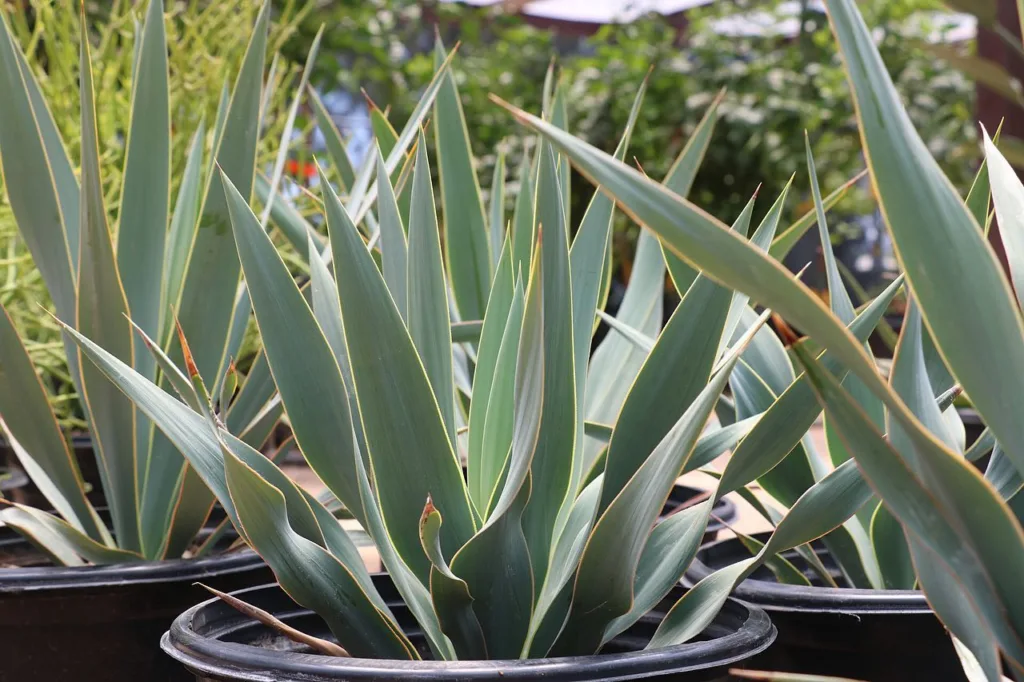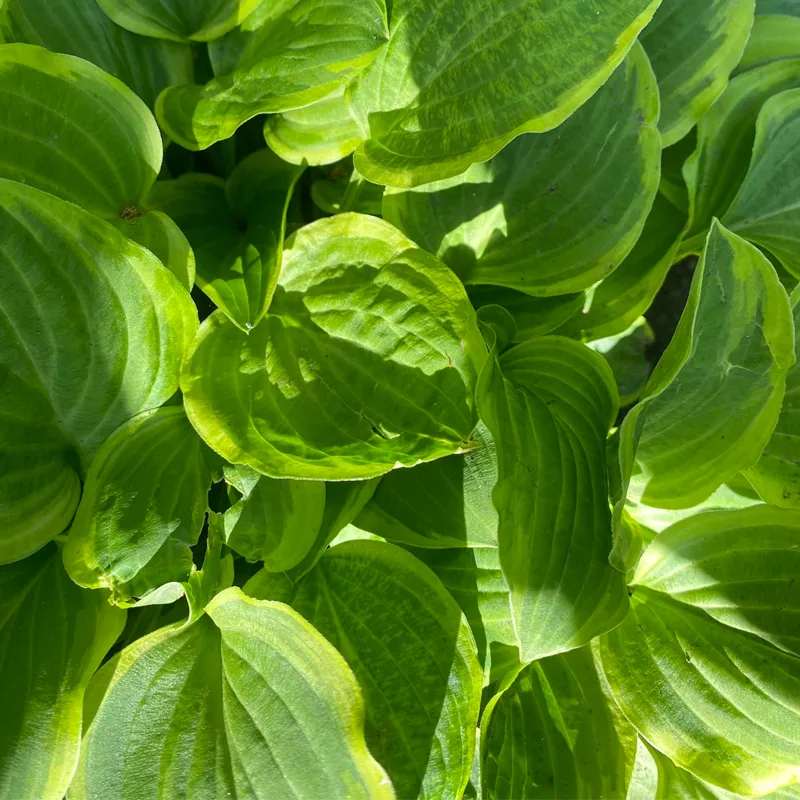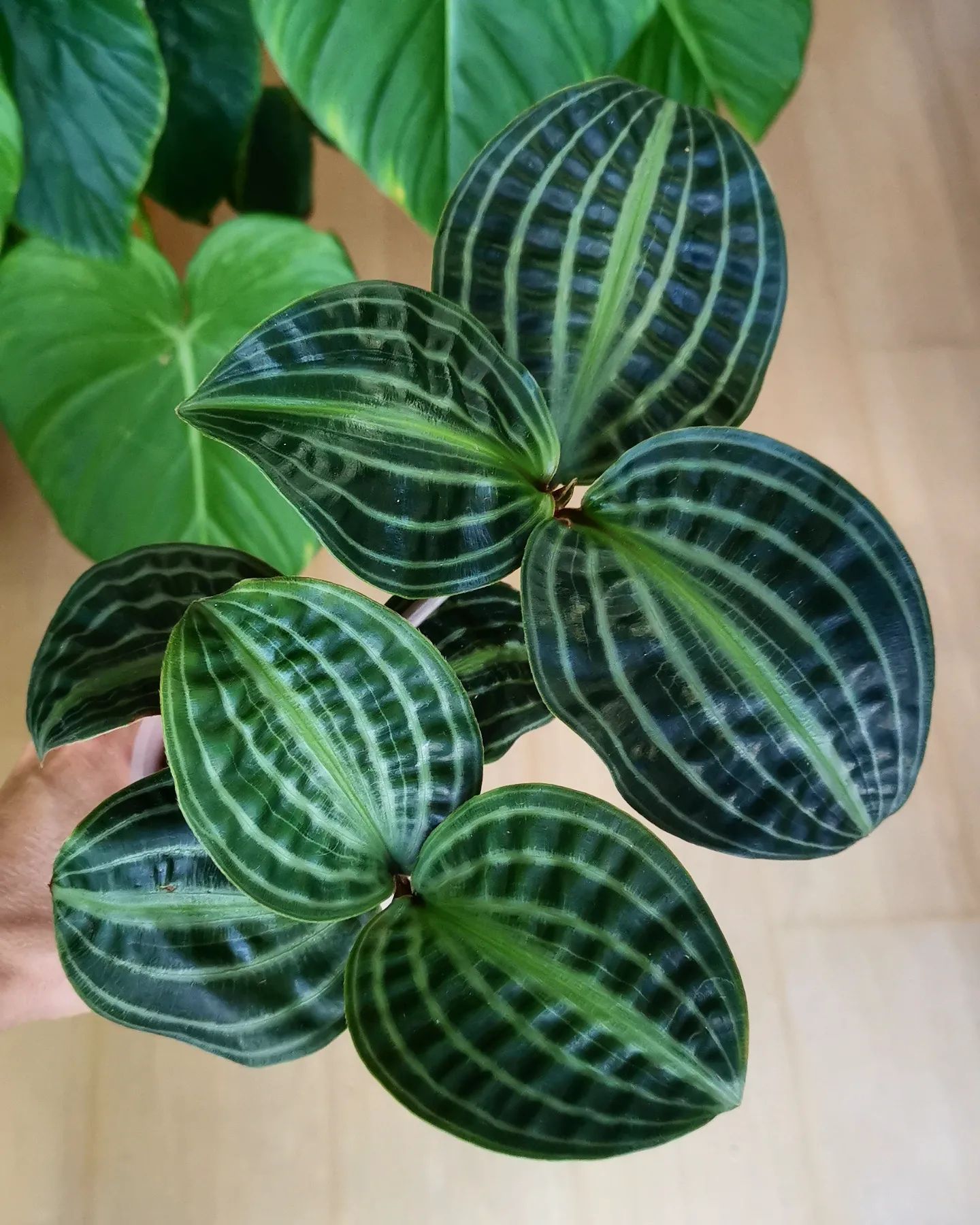Leatherleaf Fern FAQs: Everything You Need to Know
When I first encountered the Leatherleaf Fern, I was struck by its lush, deep green fronds and the elegant way it added a touch of tropical flair to any space. Since then, I’ve learned quite a bit about this fascinating plant, and I’m excited to share my insights with you. Here’s everything you need to know about the Leatherleaf Fern, including care tips, propagation advice, and more.
What Is Leatherleaf Fern?
The Leatherleaf Fern, scientifically known as Rumohra Adiantiformis, is a perennial fern native to the subtropical and tropical regions of the world. It’s renowned for its glossy, leathery fronds that provide a striking contrast to other foliage. This plant is a favorite in floral arrangements and as an indoor plant because of its attractive appearance and ease of care.
Is Leatherleaf Fern Toxic to Cats?
One of the first questions I had was whether the Leatherleaf Fern is toxic to pets. Fortunately, it’s not. Rumohra adiantiformis is non-toxic to cats and dogs, making it a safe choice for pet owners who want to include a bit of greenery in their homes.
Leatherleaf Fern Vase Life
The Leatherleaf Fern is popular in floral arrangements due to its impressive vase life. When cut and placed in water, the fronds can last for several weeks, often retaining their vibrant color and texture for a significant period. This longevity makes it a staple for both professional florists and home decorators alike.
How to Grow Leatherleaf Fern?
Leatherleaf Fern care is relatively straightforward. It thrives in well-draining, moist soil with a slightly acidic to neutral pH. Here’s a simple guide to get you started:
- Location: Choose a spot with bright, indirect light. Leatherleaf Ferns can tolerate lower light conditions but will grow more vigorously with adequate light.
- Watering: Keep the soil consistently moist, but not soggy. Water when the top inch of soil feels dry.
- Humidity: This fern loves humidity, so consider misting it regularly or placing it near a humidifier.
- Temperature: It prefers temperatures between 60-75°F (15-24°C). Avoid exposing it to drafts or sudden temperature changes.
- Feeding: Feed the fern with a balanced, water-soluble fertilizer every 4-6 weeks during the growing season (spring and summer).
- Pruning: Trim off any yellow or dead fronds to encourage new growth and maintain the plant’s appearance.
Leatherleaf Fern Facts
Leatherleaf Ferns are often used in floral arrangements and as indoor houseplants due to their attractive foliage and resilience. They are also known for their ability to purify the air, making them a beneficial addition to any home.
Leatherleaf Fern Propagation
Propagation of Leatherleaf Fern is usually done through division or spores. Here’s how:
- Division: In spring or early summer, divide the plant by carefully separating the rhizomes into smaller sections, each with its own roots. Replant these sections into new pots or locations.
- Spores: Leatherleaf Ferns also produce spores on the undersides of their fronds. Collect these spores and sow them on a tray of moist, sterile soil. Keep the soil consistently moist and in a warm location until the spores germinate.
Leatherleaf Fern Seeds
While Leatherleaf Ferns can be grown from spores, seeds are less common. If you can find them, sow the seeds in a sterile seed-starting mix and keep them moist until they germinate.
Leatherleaf Fern Size
Leatherleaf Ferns typically grow to about 1-3 feet (30-90 cm) in height and can spread out to a similar width. Their size can be influenced by the growing conditions and the container they’re planted in.
Leatherleaf Fern Growing Season
Leatherleaf Ferns grow actively during the spring and summer months. During the fall and winter, their growth slows down, and they require less frequent watering and feeding.
Leatherleaf Fern Pests and Diseases
Leatherleaf Ferns are generally resistant to pests, but they can occasionally suffer from issues such as:
- Spider Mites: These tiny pests can be controlled with regular misting or insecticidal soap.
- Fungal Diseases: Ensure proper air circulation and avoid overwatering to prevent fungal infections. If problems arise, treat with a fungicide.
If you’re considering adding a Leatherleaf Fern to your home or garden, I can attest to its beauty and ease of care. Its glossy fronds and versatility make it a standout choice for both beginners and experienced plant enthusiasts.
If i die, water my plants!



